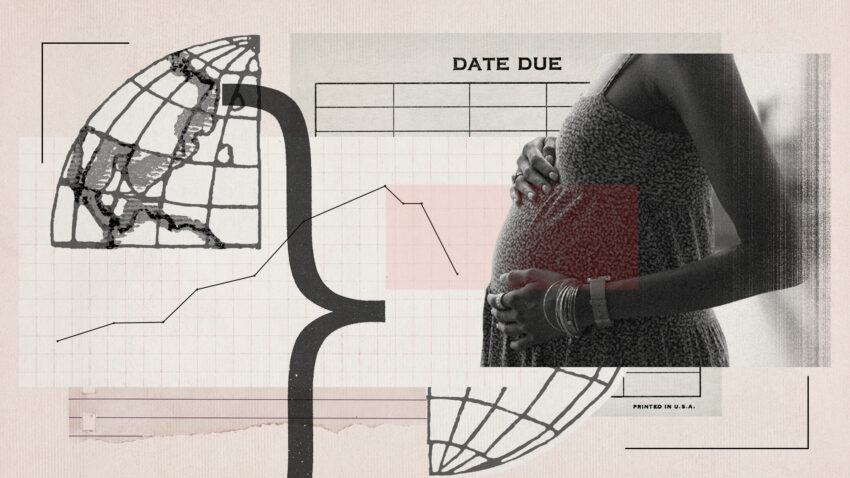Although discussing population policy often leads to “culture wars” and heated debates, a phenomenon called population momentum – when populations continue to decline for a time, even if birth rates increase – means these battles “are largely beyond the point”.
As the new year begins, we could be one step closer to peak population.
‘Projections keep missing’
There are some analysts who think the peak is coming much quicker. The population will eventually peak, but “one after another, the projections keep missing”, said John Burn-Murdoch in the Financial Times. Forecasts from the UN and others tend to underestimate how quickly birth rates are falling. And often, they do not account for minor fluctuations in global trends.
“Use them with caution, and probably err on the low side.”
The “earlier and lower peak is a hopeful sign”, said Li Junhua, UN undersecretary-general for economic and social affairs, as the levelling could reduce environmental damage.
Jesús Fernández-Villaverde, a researcher and economics professor at the University of Pennsylvania, told the FT that the overall impact of these misses means the global population is on the UN’s “low fertility” path. That means we could potentially see a peak as soon as 2054, 30 years ahead of schedule, with a global population of about nine billion.
Sign up
A greying global population
Fertility rates are falling worldwide and governments’ pronatalist policies have “almost totally failed to alter that fact”, said Vox. As a consequence, UN predictions might miss by a fair amount, but “the changes are generally baked in”.

